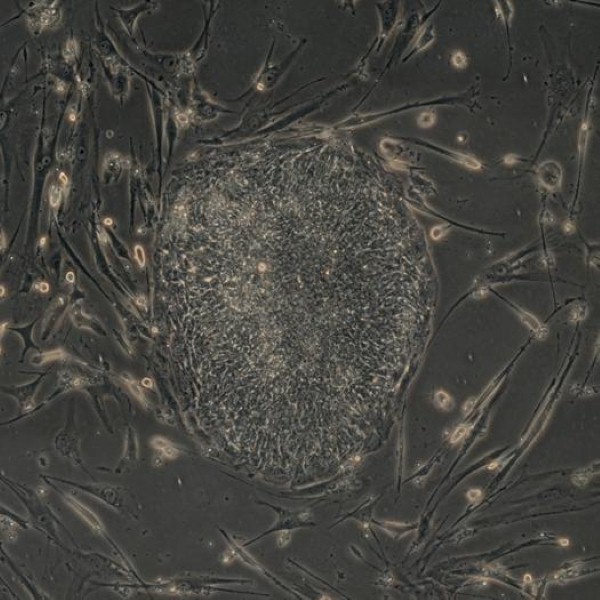Scientists have successfully used stem cells derived from human muscle tissue to repair nerve damage and restore function in an animal model.
Their findings raise hopes that cell therapy of certain nerve diseases, such as multiple sclerosis, might one day be available.
Treatments for damage to peripheral nerves – those outside the brain and spinal cord – have hitherto had limited success, often leaving patients with impaired muscle control and sensation, pain and decreased function.
Researchers at the University of Pittsburgh school of medicine cultured human muscle-derived stem/progenitor cells in a growth medium suitable for nerve cells.
When prompted using specific nerve growth factors, the stem cells differentiated into neurons and glial support cells, including Schwann cells that form the myelin sheath around the axons of neurons to improve conduction of nerve impulses.
In mouse models, the researchers surgically created a quarter-inch defect in the right sciatic nerve, which controls right leg movement. They then injected the human-derived stem or progenitor cells into the defect.
After six weeks, the nerve had fully regenerated in stem-cell treated mice, while the untreated group had limited nerve regrowth and functionality.
Twelve weeks later, treated mice were able to keep their treated and untreated legs balanced at the same level while being held vertically by their tails.
When the treated mice ran through a maze, analysis conducted on their paw prints showed an eventual restoration of gait.
Both sets of mice experienced muscle atrophy following nerve injury but only those treated with stem cells had regained normal muscle mass by 72 weeks post-surgery.
"Even 12 weeks after the injury, the regenerated sciatic nerve looked and behaved like a normal nerve," Dr Mitra Lavasani, first author and assistant professor of orthopaedic surgery at the Pitt School of Medicine, commented.
"This approach has great potential for not only acute nerve injury, but also conditions of chronic damage, such as diabetic neuropathy and multiple sclerosis."
The team are now trying to understand how the human-derived stem cells triggered repair of the injury and are working on delivery systems, such as gels, that could hold the cells in place at larger injury sites.

